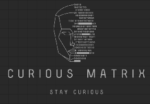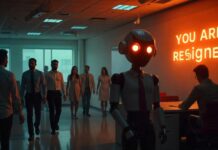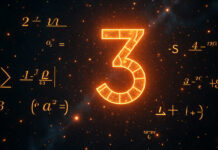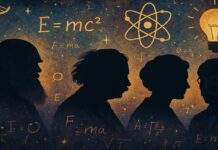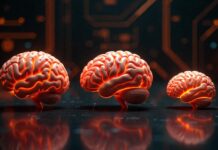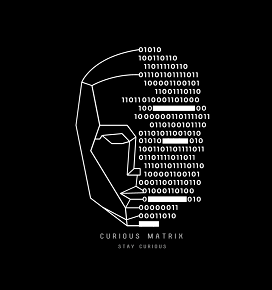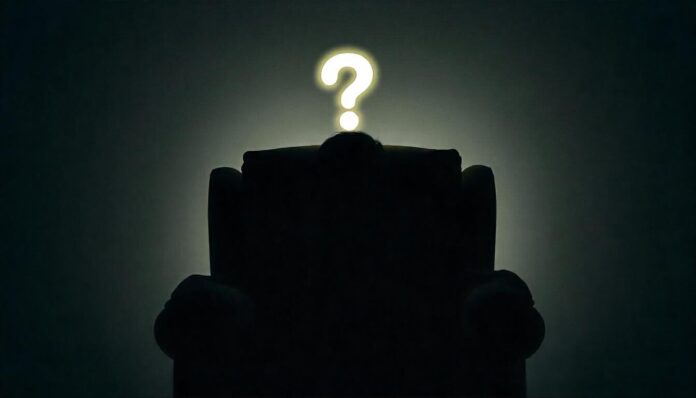
Picture this: you’re sitting in a cozy armchair, lost in thought. Suddenly, an idea pops into your head. It’s wild and impossible idea. But what if it wasn’t? What if that crazy notion in your mind could actually change the world and become a reality? Or at least trigger the imagination of millions of people.
Well, that’s the power of thought experiments. They’re mental playgrounds where we can test out ideas without real-world consequences. But sometimes, these imaginary scenarios jump off the pages of our minds and into the real world.
Some of the ideas on our list have already become reality, while others may fully materialize in the coming years or decades.
So, let’s go… Let’s see this special list of thought experiments that have become real or very near to being applicable in real world..
The Trolley Problem
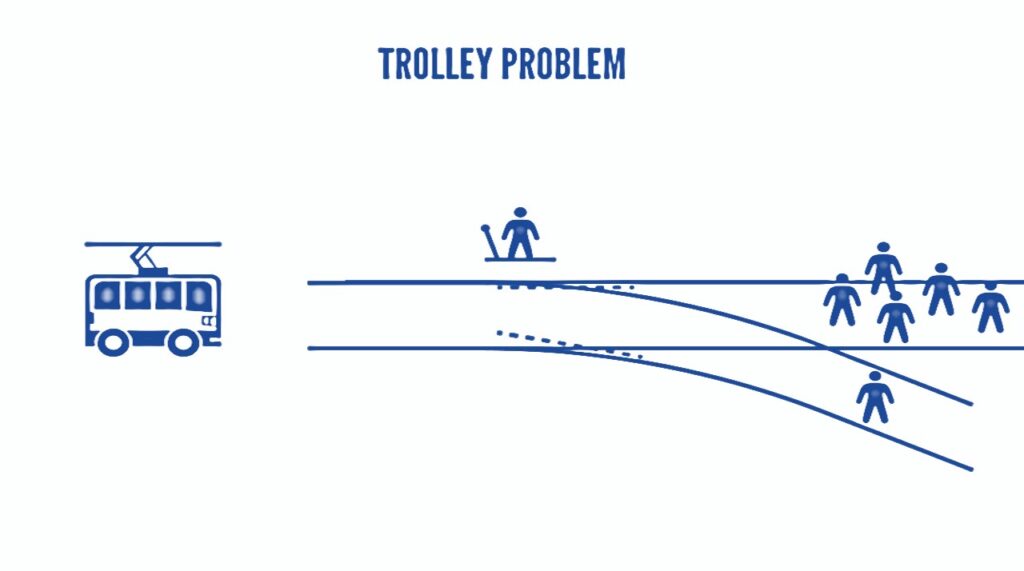
Remember that ethics class where you debated whether to pull a lever to divert a runaway trolley, saving five people but killing one? It seemed like a purely academic exercise. Well, guess what? That exact dilemma is now being programmed into self-driving cars.
Imagine you’re cruising down the highway in your autonomous vehicle. Suddenly, a group of pedestrians stumbles into the road. The car has to choose: swerve and potentially harm you, or stay the course and risk hitting the pedestrians. How should it decide?
Engineers are wrestling with these dilemmas constantly. So, in this case, the trolley problem has jumped from philosophy textbooks to software code, to cars and to reality.
Interesting fact: In 2016, Mercedes-Benz announced that their self-driving cars would prioritize saving the driver and passengers over pedestrians.
Schrödinger’s Cat

Ah, Schrödinger’s cat one of the most famouts thought experiments out there. That poor feline, trapped in a box, simultaneously alive and dead until we open the lid and take a peek. It sounds absurd, right? Well, quantum physicists have actually created real-world versions of this thought experiment.
In 2016, researchers at Yale University built a device they called the “quantum cat.” It consisted of over a billion aluminum atoms that could be in two different energy states at once – just like our imaginary feline friend.
But why stop at cats (or plates)? Scientists are now working on creating “Schrödinger’s humans” – putting tiny organisms into quantum superposition states. It’s mind-bending stuff that’s pushing the boundaries of what we thought possible.
Interesting fact: In 2019, physicists managed to put a tardigrade (a microscopic water bear) into a quantum entangled state with superconducting qubits.
The Chinese Room
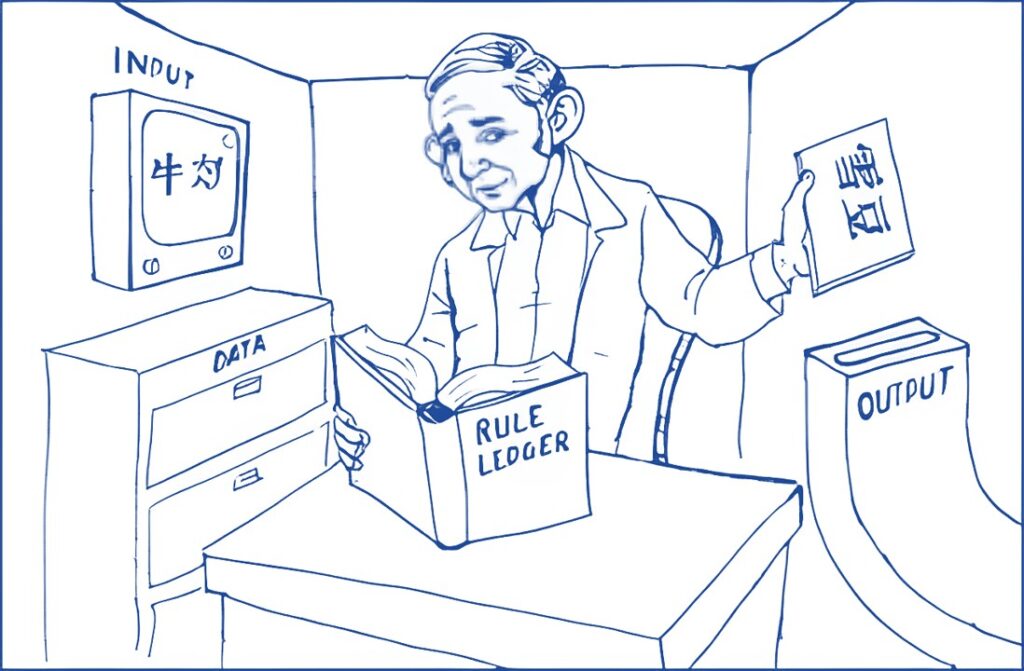
John Searle‘s Chinese Room thought experiment asked a provocative question: Can a computer truly understand language, or is it just really good at faking it (in programmatic way)?
Imagine a person who doesn’t speak Chinese locked in a room with a rulebook for responding to Chinese messages. They can produce perfect responses without understanding a word.
Well, Searle argued this is what computers do – they follow rules without true comprehension.
Fast forward to today, and we’re kind of living this experiment. ChatGPT and other large language models are eerily good at mimicking human conversation. But do they really understand what they’re saying? Or are they just incredibly sophisticated Chinese Rooms?
Interesting fact: In 2022, a Google engineer claimed an AI chatbot had become sentient.
Einstein’s Elevator

Albert Einstein was really a master of thought experiments. One of his most famous involved imagining himself in an elevator in space. He realized that the experience of gravity and acceleration would feel the same. That insight actually that led to his theory of general relativity.
Today, we’re not just imagining elevators in space – we’re building them. Well, kind of.
Namely, space agencies are seriously considering “space elevators” as enormous cables stretching from Earth to orbit.
While we’re not quite there yet, the concept is inching closer to reality. Japanese researchers have even launched tiny prototypes to test the idea.
And so, Einstein’s elevator thought experiment might soon become reality.
Interesting fact: The longest space elevator prototype tested so far was a 1-kilometer-long tether deployed from a small satellite in 2019.
The Simulation Hypothesis
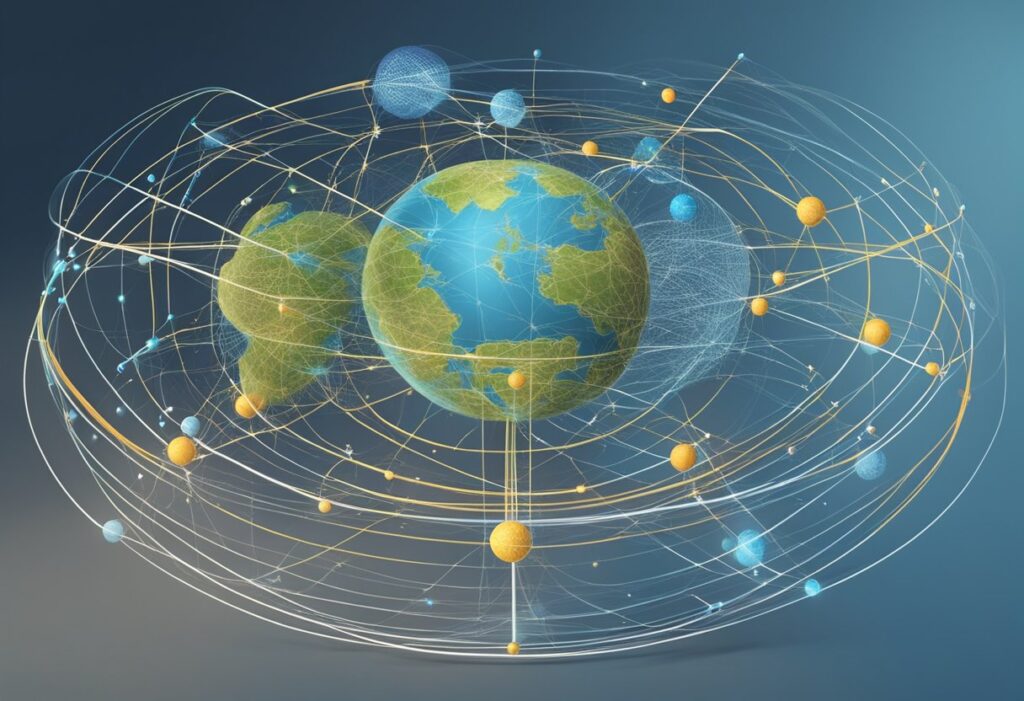
Here’s a brain-twister we’ve discussed a lot on this platform: What if our entire reality is just an incredibly advanced computer simulation? This idea, popularized by philosopher Nick Bostrom, suggests that if it’s possible to create simulated universes, odds are we’re living in one.
It sounds like science fiction, but many scientists are taking it seriously. They’re looking for glitches in the laws of physics that might reveal the artificial nature of our reality.
For example, physicist Sylvester James Gates Jr, discovered what appears to be error-correcting codes (similar to those used in computer science) embedded in the mathematical equations that describe fundamental particles.
This finding suggests that the structure of reality may have computational properties
And while we can’t prove or disprove the simulation hypothesis (yet), it’s changing how we think about consciousness, reality, and the nature of existence itself.
Interesting fact: In 2021, a team of quantum physicists claimed they had found evidence that our universe might be a giant neural network.
The Infinite Monkey Theorem
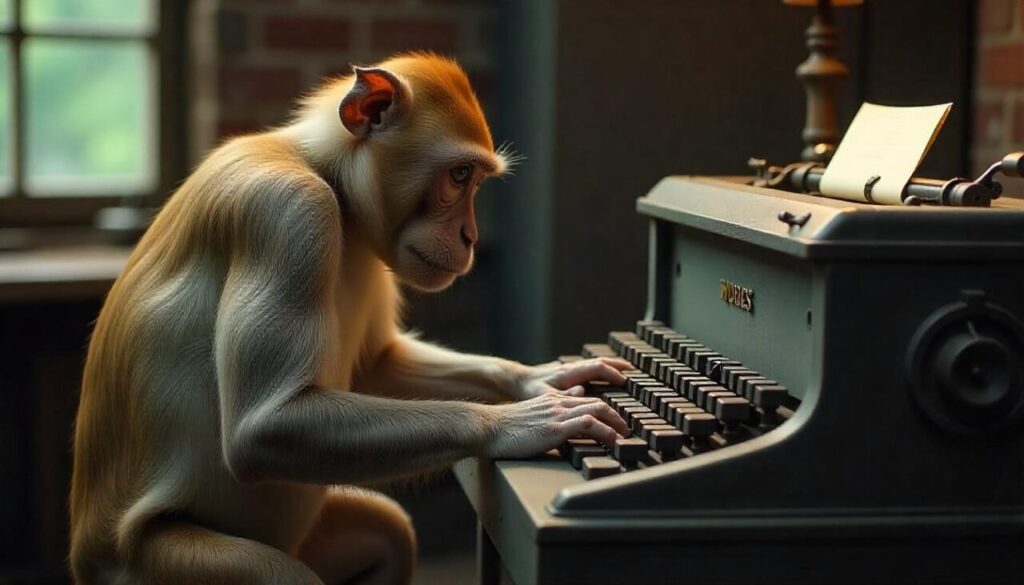
You’ve probably heard this one: Give a monkey a typewriter and infinite time, and it’ll eventually produce the complete works of Shakespeare. It’s a classic illustration of the power of randomness and probability.
But here’s the twist: We’re not using monkeys or typewriters anymore. We’re using artificial intelligence. Machine learning models are now capable of generating human-like text, including some very interesting poetry and prose.
And while these AI systems aren’t exactly monkeys banging on keyboards, they’re bringing the spirit of this thought experiment to life.
They’re showing us how seemingly intelligent output can emerge from statistical processes – just like our hypothetical simian Shakespeare.
Interesting fact: In 2011, a computer program simulating monkeys typing randomly actually recreated 99.99% of Shakespeare's poem "A Lover's Complaint" – though it took 7.5 trillion simulated monkey-years.
Hilbert’s Hotel

Imagine a hotel with an infinite number of rooms, all full. A new guest arrives. Can you accommodate them? According to mathematician David Hilbert’s famous thought experiment, yes! Just move everyone to the next room number, freeing up room 1.
This mind-bending scenario helps us in understanding the weird properties of infinity. But it’s not just abstract math anymore. Scientists are using Hilbert’s Hotel to understand real-world phenomena in quantum physics and cosmology.
For instance, researchers have created “Hilbert space” in quantum systems, where particles can exist in an infinite number of states.
It’s like giving each quantum particle its own room in an infinite hotel.
Interesting fact: In 2017, physicists used a quantum version of Hilbert's Hotel to create a new type of quantum switch that could improve quantum communication networks.
The Ship of Theseus

Here’s a puzzle that’s been bothering philosophers for centuries: If you replace every part of a ship over time, is it still the same ship? This thought experiment, known as the Ship of Theseus, questions the nature of identity and continuity.
Today, we’re facing real-world versions of this dilemma. As we develop more advanced prosthetics, organ transplants, and even brain-computer interfaces, we’re forced to ask the question – what really makes us “us.”
If someone receives a heart transplant, are they still the same person? What about a brain implant that enhances memory?
As so, as biotechnology advances, the line between natural and artificial blurs, and we find ourselves sailing in real Theseus’s waters.
Interesting fact: In 2019, scientists successfully grew „miniature brains” in a lab and connected them to spider-like robots.
The Teletransportation Paradox
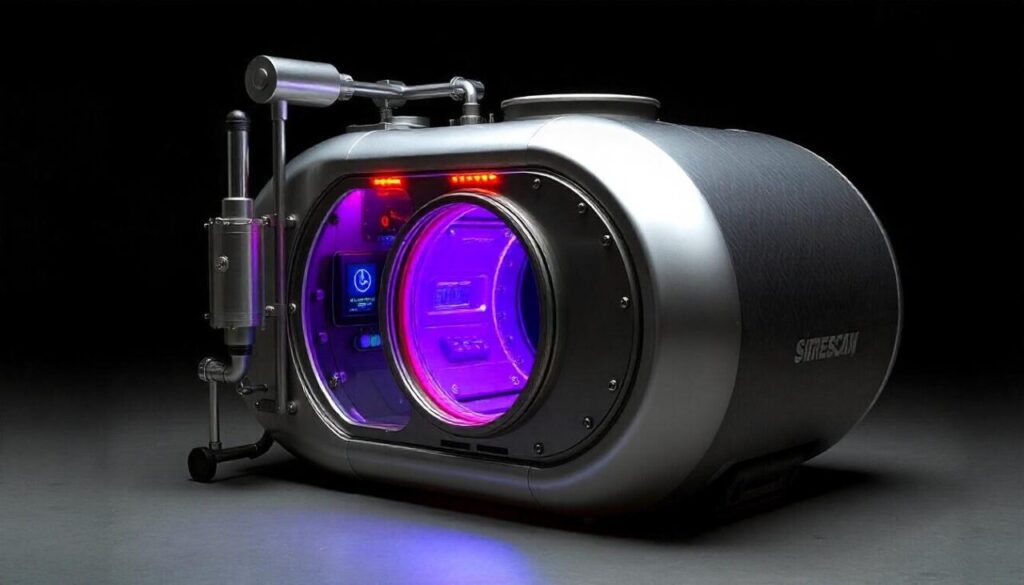
Imagine a device that can scan your body atom by atom, transmit that information to Mars, and reconstruct you there using local materials. The original you on Earth is then destroyed. Are you still you?
This thought experiment, proposed by philosopher Derek Parfit, challenges questions about personal identity and consciousness. However, it is no longer only a philosophical thought experiment – it’s becoming more and more relevant in our digital world.
Today, we’re already digitizing aspects of ourselves. Our memories are stored in the cloud, our personalities are reflected in social media profiles, and our genetic information is recorded in databases. As technology advances, the line between our physical and digital selves will continue to blur.
Scientists are even exploring the possibility of uploading human consciousness to computers. While we’re far from achieving anything like the Mars teletransporter, these efforts are bringing this thought experiment closer to reality every day.
Interesting fact: In 2018, a startup called Nectome claimed it could preserve people's brains in microscopic detail, with the goal of one day digitally recreating their minds. The catch? The process is "100% fatal."
Maxwell’s Demon
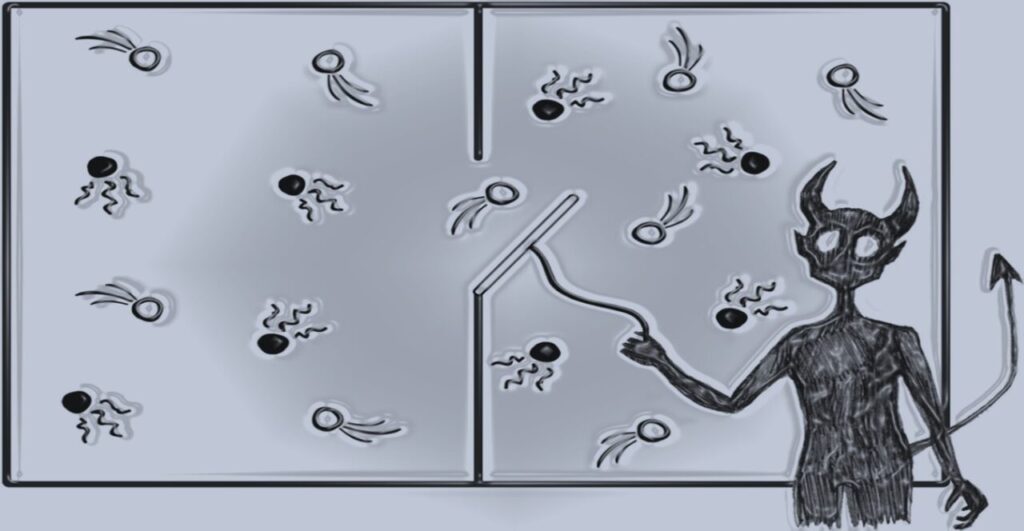
In 1867, James Clerk Maxwell proposed a thought experiment that seemed to violate the second law of thermodynamics. He imagined a tiny demon that could sort fast and slow molecules into separate chambers, creating a temperature difference without expending energy – an apparent impossibility.
Of course, physicists try to achieve something like this in labs for years. And the resolution came from an unexpected direction: information theory. It turns out that the demon’s act of gathering information about the molecules requires energy, preserving the second law.
This realization has had big implications. It established a deep connection between information and physics, leading to the development of fields like quantum computing and quantum information theory.
Today, researchers are creating real-world versions of Maxwell’s demon using light, nanoscale devices, and even single atoms. These experiments are not just validating the thought experiment – they’re opening up new possibilities for manipulating information at the quantum level.
Interesting fact: In 2016, physicists at Simon Fraser University in Canada built a working Maxwell's demon using a single electron. The device could convert information into energy, demonstrating the physical nature of information.
